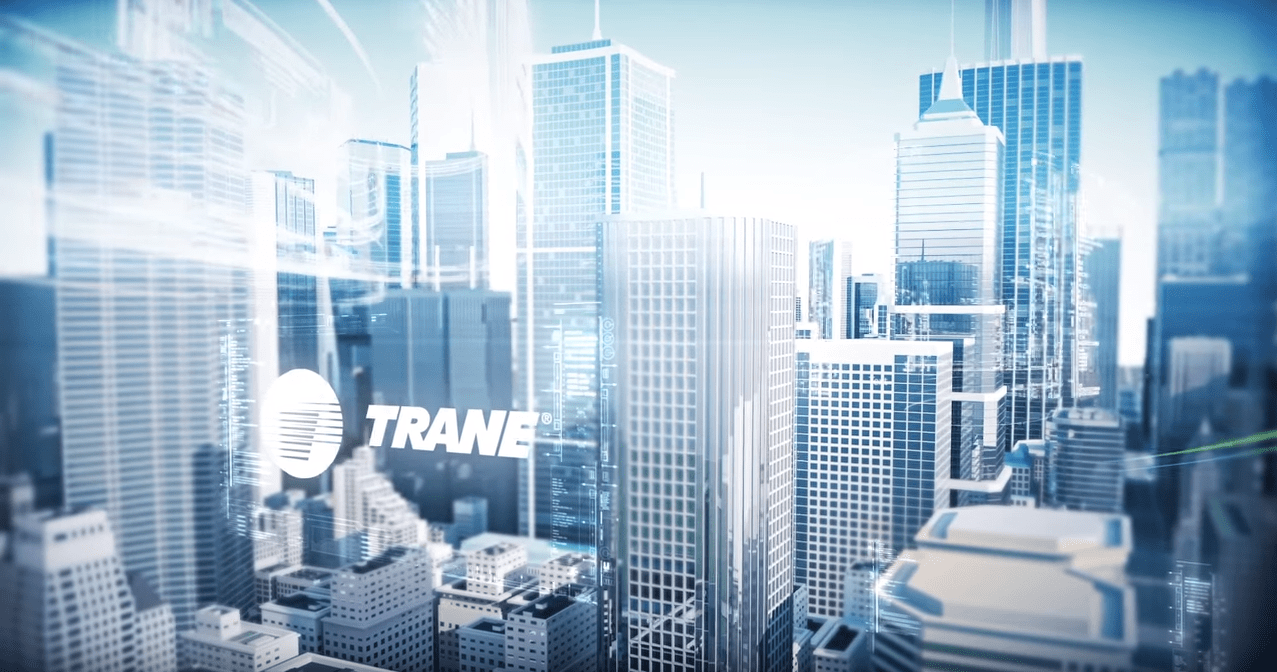Energy Storage: Transforming How We Use-- And Pay For-- Energy
December 13, 2019

Energy storage may be the technology that fundamentally changes the grid. Storing energy resolves the intermittency of renewable solar and wind energy. And while renewables scale up, the extra energy that’s being generated by traditional power plants can be captured and stored for use during demand spikes. The dirtiest oil- and gas-fired peaker plants can operate less, and the need to build more transmission lines to serve the world’s growing energy demand can be delayed.
Large, utility scale batteries are emerging. Distributed energy storage—batteries at the end-user site—is more established. It can make an impact right now. In fact, climate scientists identify distributed energy storage as a transformative technology supporting many solutions including microgrids, net zero buildings, grid flexibility and rooftop solar.[1] Distributed energy storage is important enough that local climate initiatives and power companies are providing incentives in the form of peak-demand pricing structures, financial incentives and building codes.
Despite the synergistic climate and financial benefits, distributed energy storage isn’t very well understood. Fundamentally, it’s important to know that buildings have two types of energy loads, electric and thermal, and each one has an optimal storage method.
Electric load, representing the energy that’s consumed by computers, lights and other things that plug in, is best served by electro chemical batteries. Electrical spikes tend to have a short duration that can be served by chemical batteries.
Thermal load refers to the energy that’s required to heat or cool a building. Buildings are responsible for 40% of the U.S. energy consumption, half of which is due to HVAC. Spikes in thermal load typically last longer. When the weather is hot, and buildings require cooling throughout the daylight hours, on-peak demand charges can account for 50% to 70% of the total utility bill. Thermal loads are best served by thermal energy storage—"ice batteries”—that have four times the energy storage capacity and can provide on average 6.5 hours of off-grid cooling.
Not sure how thermal energy storage systems work? In its simplest form, ice batteries are charged and discharged to help supply cooling when needed. A thermal energy storage system reduces a building’s peak electricity demand by discharging (melting) ice batteries when demand and price are high, or when the utility asks for the discharge to occur, rather than running chillers to satisfy building cooling loads. The system controls the building’s chiller to charge (freeze) ice batteries when excess or inexpensive energy is available.
It can also assist with the integration of distributed energy resources by resolving the inherent intermittency of wind and solar energy. In some regions, building owners can sell any excess renewable energy they’ve generated to the local utility—actually generating income by strengthening the grid.
The impact on reducing grid pressure and energy costs can be significant: in a 500,000 square foot building, a thermal storage system can shift up to 1 MW of peak power load. That’s a pretty big return on a system that costs about two-thirds less than an electro chemical battery system with the same storage capacity.
For commercial energy consumers that are considering energy storage, Trane can provide a financial analysis. Our tool calculates the monetary benefits, using inputs including the building’s size and energy load, utility rates, and any available rebates or incentives. Climate benefits are a given. Trane can also assess whether or not thermal energy storage is a good business decision.
[1] Hawkin, Paul (editor), Drawdown: The Most Comprehensive Plan Ever Proposed to Reverse Global Warming, Penguin Books, 2017.
































































































